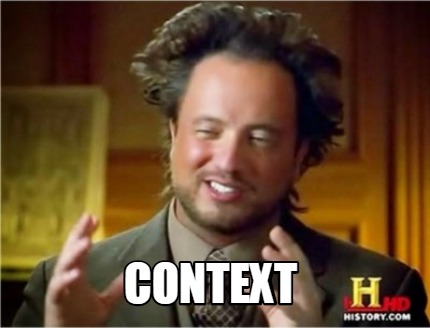Welcome to the third and final publication of our articles dedicated to the development of RAG applications based on LLM models. In this final article, we will see, based on our small example project, how we can find the most appropriate context for the question we want to send to our LLM model and for this we will make use of the vector search functionality included in IRIS.


.png)
.png)
.png)
.png)